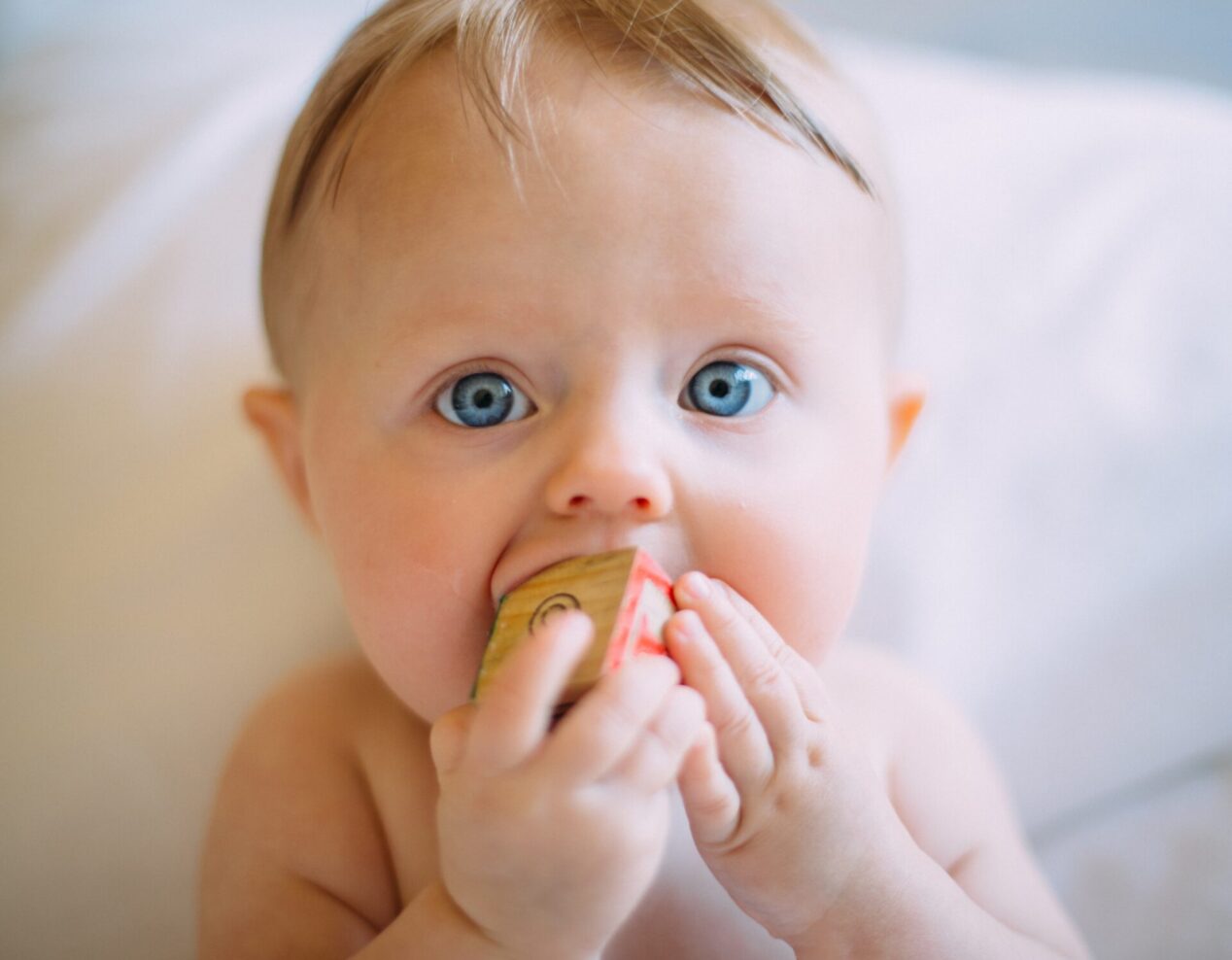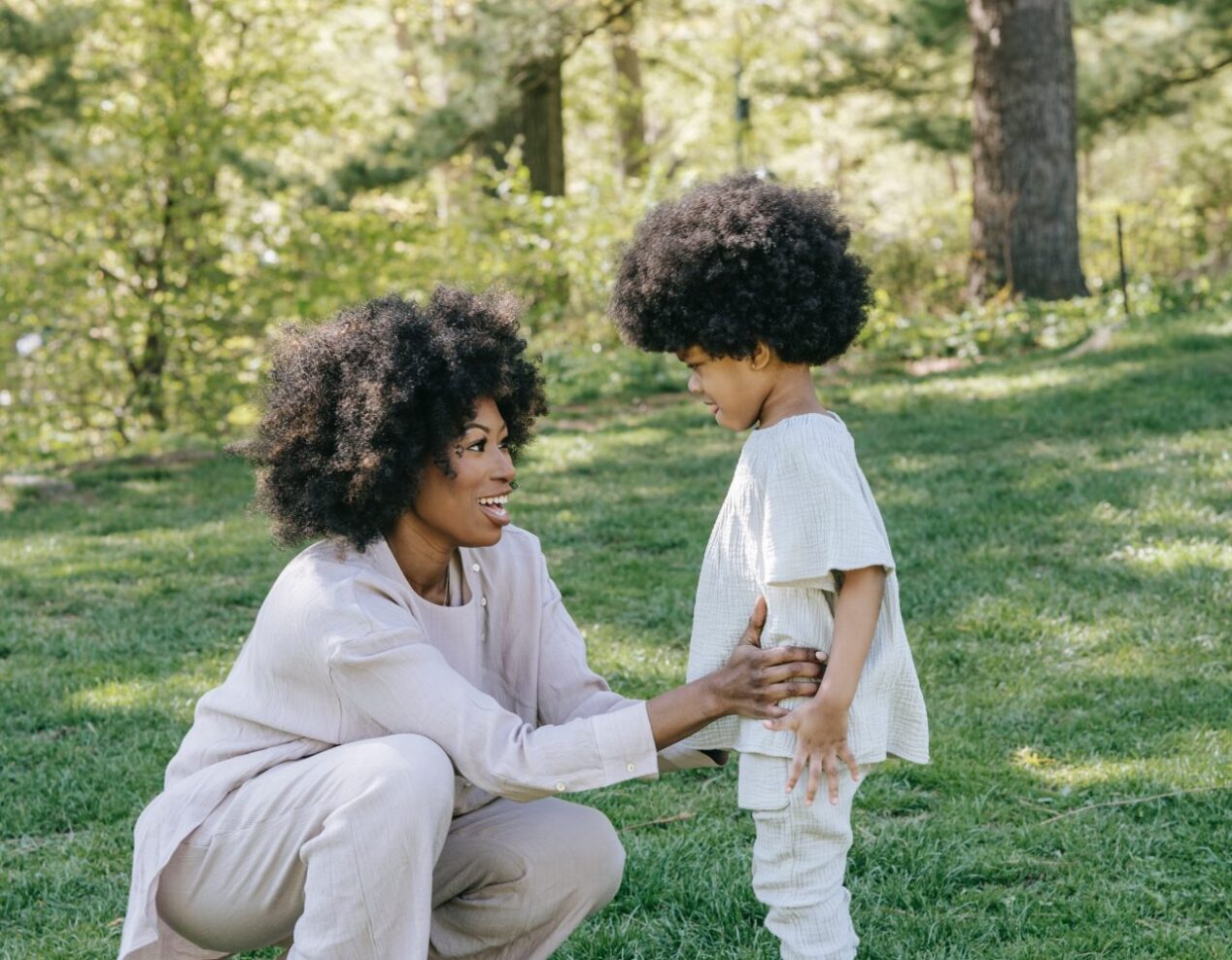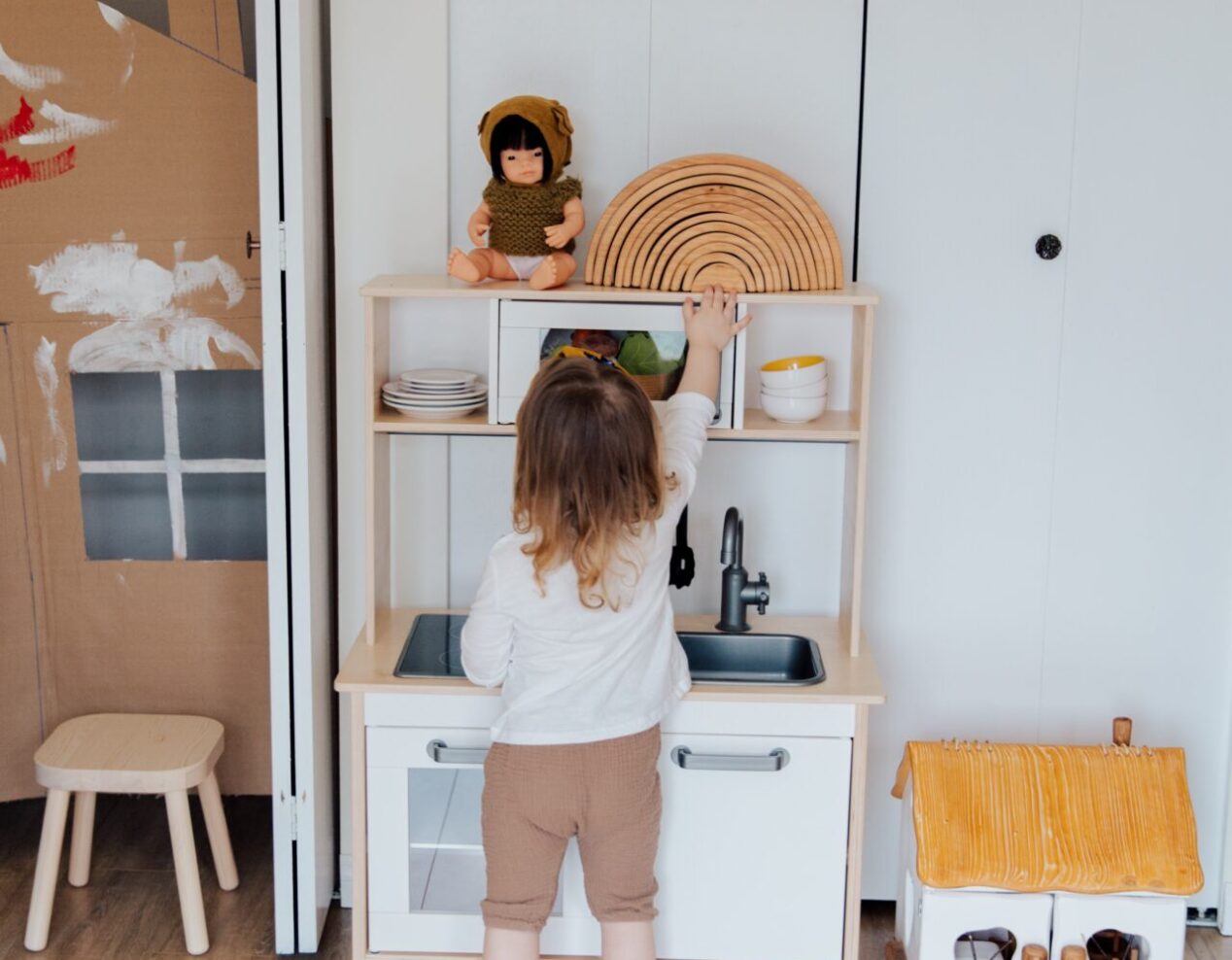What is the mental development journey of an 11-week-old infant?

As the weeks fly by, your baby is steadily becoming more alert and curious about the surrounding world. It’s a delight to watch, and to help you understand the process, here’s a guide.
Here are some developmental milestones that childcare professionals indicate your baby is likely to be navigating at this stage: Their fascination with their own hands
Your infant might develop a keen interest in their hands at around 2 to 3 months old. Observing the movement of their fingers and the feeling of touch could become their new pastime. You can help draw their attention to their hands by outfitting them with monochrome mittens.
Their reactions to your voice
Between their birth and about 2 ½ months, your baby is likely to begin responding in some way to your voice. Encourage this interaction by conversing with them as you go about your daily tasks. Using a variety of languages and maintaining eye contact can engage them further. Regular face-to-face interactions with your little one is excellent for their growth.
Their ability to follow objects with their eyes
Somewhere between 2 and 3 months, your baby is likely to begin tracking objects that move slowly from side to side. Aid their learning by gently swinging the Silicone Teether from side to side, approximately 8 inches (ca. 20 cm) from their face.
Their interest in locating sounds
Somewhere between 2 and 3 ½ months, your baby might start trying to locate the origin of sounds they hear. Although they may not be able to pinpoint the exact direction of the sound yet, you will notice them trying to focus. Assist them by creating sounds such as clinking spoons, ripping paper, or shaking the Silicone Teether. If they don’t respond, continue making the noise and gradually move the source until they can see it.
Their attempt at a “half-roll”
From about 1 ½ to 2 months, your baby might start to do a half-roll when positioned on their side, moving from their side to their back. Assist them by placing your baby on their side and providing black and white pictures to observe in a cardholder. After a few minutes, move the cardholder out of their sight and shake the Silicone Teether above their head to see if they roll onto their back.
Their excitement-driven kicks
Between 1 ½ and 2 ½ months, your baby might start to move their legs up and down when they feel excited. To encourage this behavior, position them in a way that their legs can interact with a toy.



